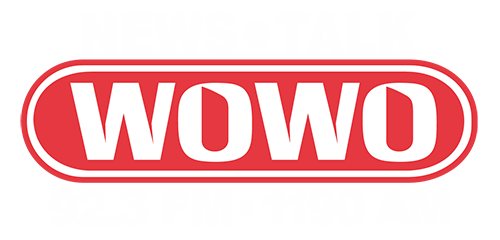Because of the tremendous variability in aphid numbers from field to field, diligent scouting NOW can pay big dividends. The following is a quick scouting review.
• Numbers vary considerably from field to field.
• Cooler temperatures favoring aphid development.
• Treatment threshold and application guidelines given below.
Sampling: Count aphids, primarily on the undersides of leaves, on at least 20 plants (the more, the better) in various areas of the field. When aphids are just beginning to colonize soybean plants, they will be concentrated on the most active growing points – the newest unrolled leaves and the developing pods.
Aphid Number: Should you find an average of 250 or more aphids/plant during the early soybean reproductive stages (R1-R4), a treatment is justified. Refer to the following treatment guide. The established threshold of ≥ 250 aphids/plant includes a buffer time of about a week to get the field sprayed. In other words, damage is not occurring at 250 aphids/plant. During the seed-fill stages (R5-R6), treatment is not as clear-cut. If aphid numbers are increasing and plants are under stress a treatment is justified. This usually occurs when dry soil conditions are prevalent. Do NOT treat soybean beyond the R6 stage of growth – there is no advantage in terms yield preservation!
Weather: The temperatures (upper 70’s to low 80’s) we are experiencing are optimal for aphid development and reproduction. Rainfall, including some hard downpours, will have some negative effect on aphid populations, but does not wipe them out.
Predators: Most pest managers calling to report aphid numbers are also aware of predator populations (mostly Asian lady beetles). We appreciate their desire to preserve natural enemies and prevent unwarranted pesticide treatments. However, once aphid levels reach over 100 per plant, predators may not be able to keep ahead of the aphid’s reproductive capability.
Treatment: Should control be necessary, complete coverage on the foliage seems to be the key. Ground driven rigs applying at least 20 gallons per acre with 40 PSI with fine droplets will help penetrate the canopy. Finer droplets are desirable when spraying any insecticide on soybeans, and ground application is usually a better approach for canopy penetration. Aerial application success is dependent on finished spray volume (we recommend 5 gallon/acre) and air movement into the canopy.
Products labeled for soybean aphid control can be viewed by clicking HERE <http://extension.entm.purdue.edu/publications/E-77.pdf>
Time to scout fields
